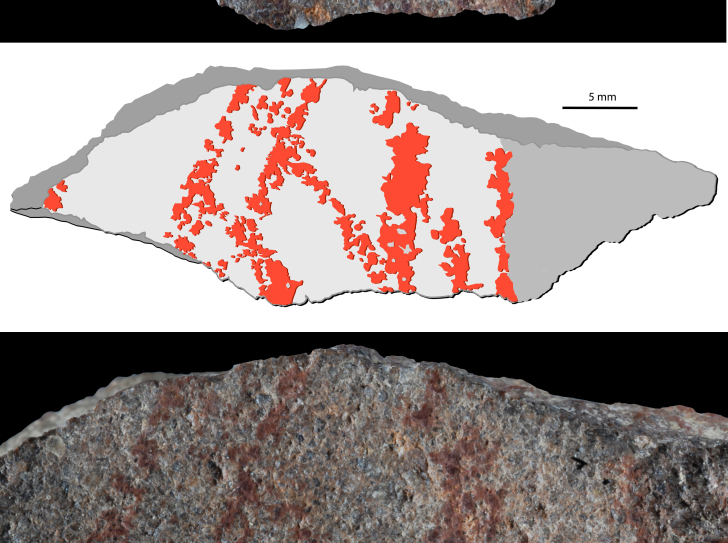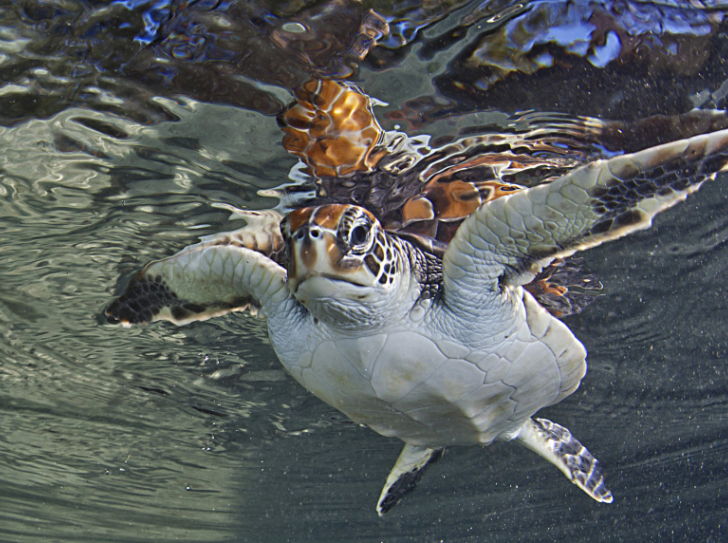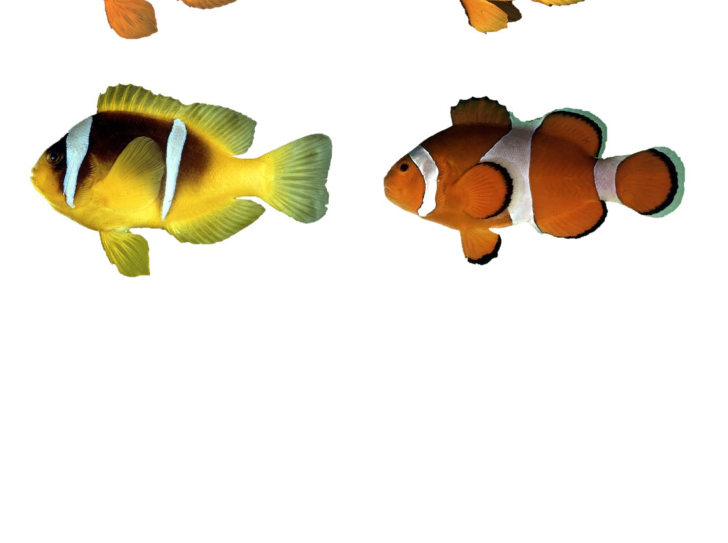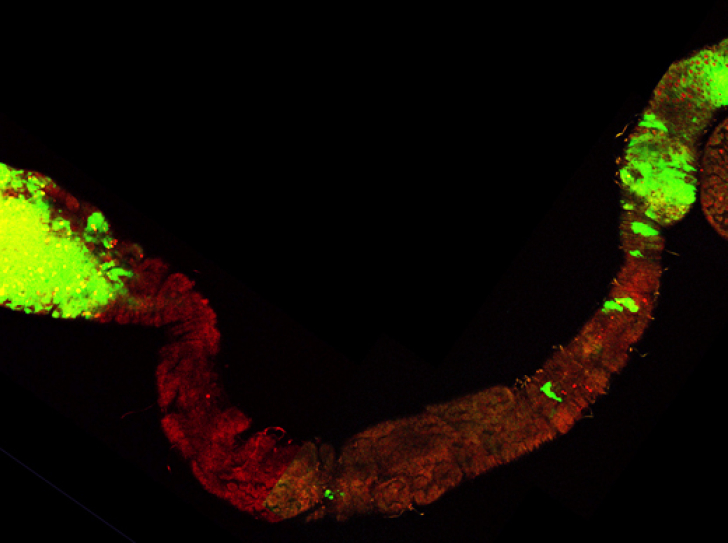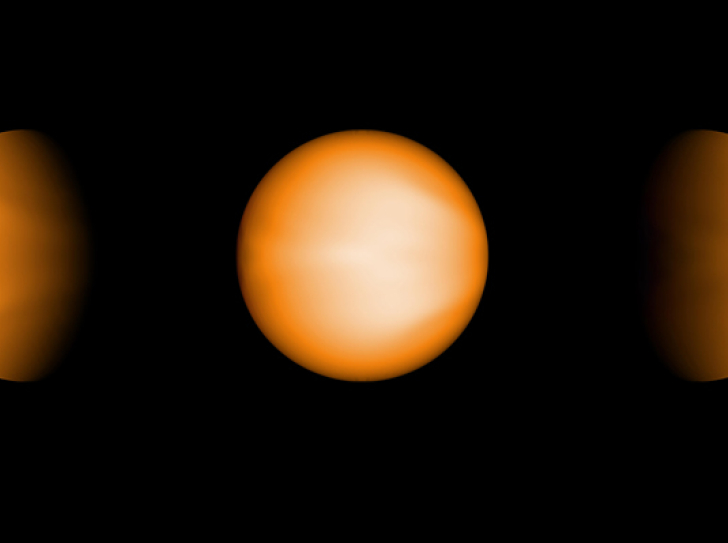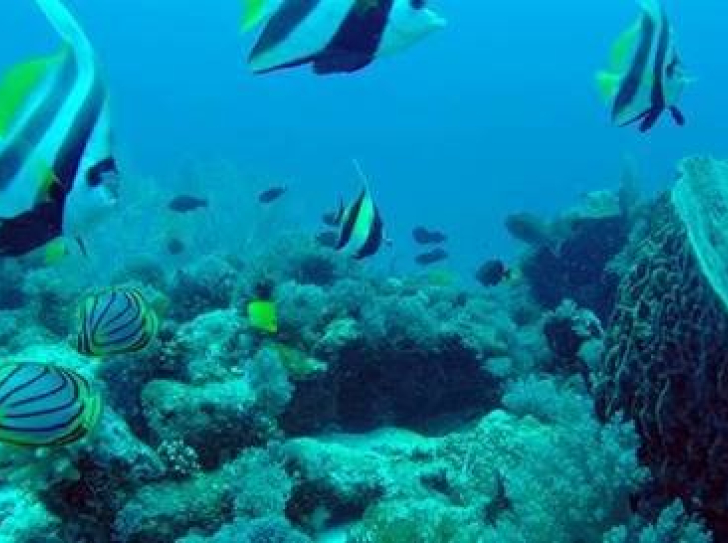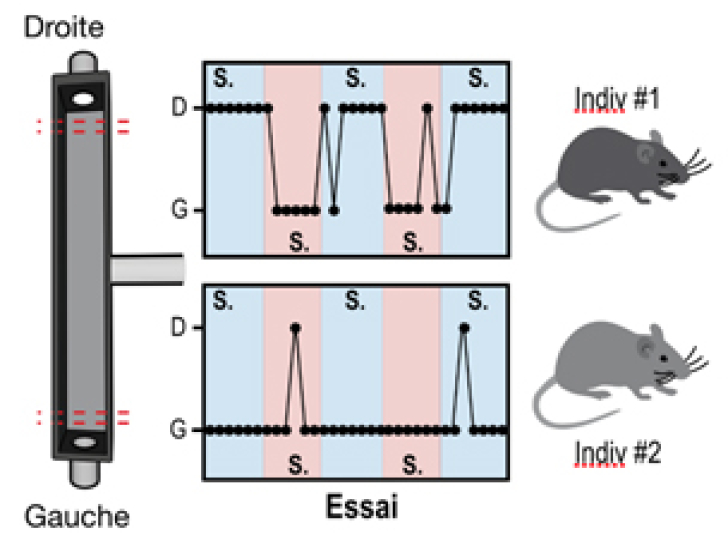News round-up
843 results
Press
Discovery of the earliest drawing
The oldest known abstract drawing, made with ocher, has been found in South Africa’s Blombos Cave—on the face of a flake of siliceous rock retrieved…
Read more
Press
Halting biodiversity loss : political actions are required, not additional scientific knowledge
Over 15 years, almost 13,000 scientific papers have been published in the leading conservation science journals. Yet biodiversity remains threatened…
Read more
Press
Clown fish : Whence the white stripes ?
Scientists from the Banyuls-sur-Mer Oceanographic Observatory (CNRS / Sorbonne University) along with colleagues from the University of Liege and the…
Read more
Press
Pathology and social interactions: Safety in numbers
What if social behavior affected the progression of even noncontagious diseases? This is precisely what has been demonstrated by French CNRS…
Read more
Press
2018–2022 expected to be abnormally hot years
This summer’s world-wide heatwave makes 2018 a particularly hot year. As will be the next few years, according to a study led by Florian Sévellec, a…
Read more
Press
Parker Solar Probe: French research takes off for the Sun
Parker Solar Probe will soon become the spacecraft to travel the closest to the Sun, by positioning itself a little over 6 million kilometers from…
Read more
Press
Mice’s individuality is influenced by their relations
Individuality exists in all animals, and a number of factors shape it over time. For mice, one of those factors is the social environment, as…
Read more


